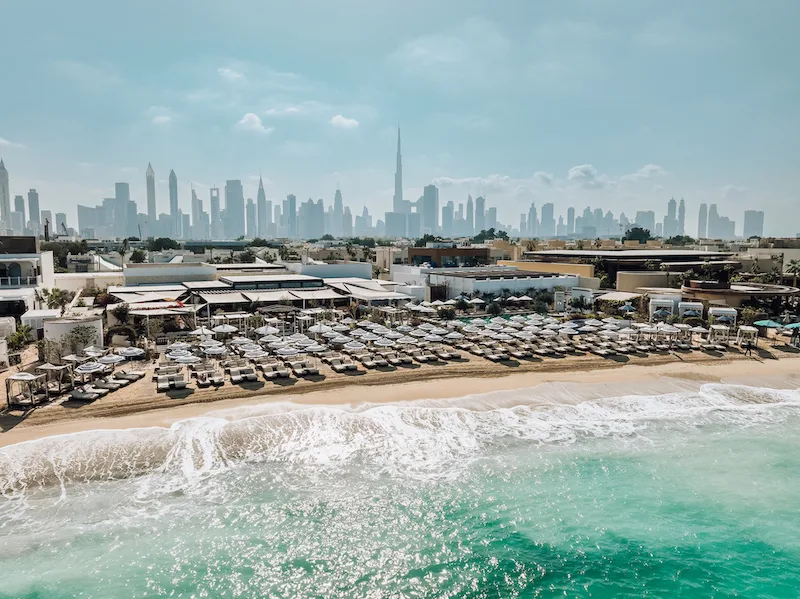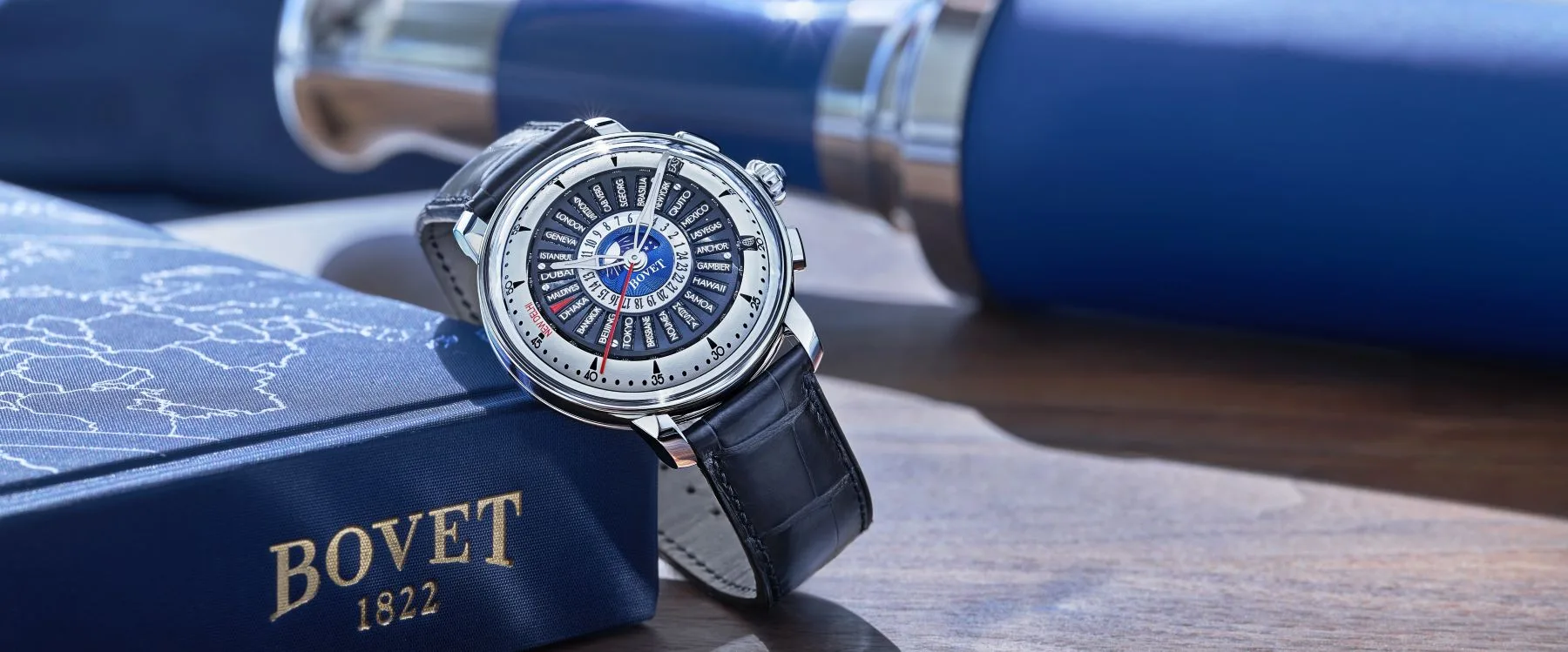The Queens Gallery, Buckingham Palace. London SW1
May 24th – October 13
Earlier this year, to mark the 500-year anniversary of Leonardo da Vinci’s death, 144 of the Renaissance master’s greatest drawings in the Royal Collection went on display in 12 simultaneous exhibitions across the UK.
Following the exhibitions at Royal Collection Trust’s partner venues, on 24th May 2019, the drawings will be brought together to form part of an exhibition of over 200 sheets, at Buckingham Palace, the largest exhibition of Leonardo’s work in over 65 years. A selection of 80 drawings will then travel to The Queen’s Gallery, Palace of Holyrood house in November 2019, the largest group of Leonardo’s works ever shown in Scotland.HRH The Prince of Wales introduces the 12 exhibitions around the UK in a film available on the Royal Collection Trust website. To watch this and to watch an introduction from the Curator Martin Clayton please follow the link. A botanical drawing – one of 12 da Vinci works being exhibited at Sunderland Museum and Winter Gardens as part of an exhibition to mark the five century anniversary – is forming part of a new Royal Mail collection of stamps to mark the anniversary.
The collection features a total of 12 stamps, one picked from each of the venues across the UK, which are simultaneously showing other drawings by the artist – on loan from the Royal Collection, which holds more than 500 sheets of drawings by Leonardo, housed in the Print Room at Windsor Castle, where they are kept in carefully controlled conditions because of the potential for damage from exposure to light. Revered in his day as a painter, his most famous being the Mona Lisa and the most expensive in the world, Salvator Mundi, Leonardo completed only around 20 paintings; he was respected as a sculptor and architect, but no sculpture or buildings by him survive; he was a military and civil engineer who plotted with Machiavelli to divert the river Arno, but the scheme was never executed; he was an anatomist and dissected 30 human corpses, but his ground-breaking anatomical work was never published; he planned treatises on painting, water, mechanics, the growth of plants and many other subjects, but none was ever finished. As so much of his life’s work was unrealised or destroyed, Leonardo’s greatest achievements survive only in his drawings and manuscripts
The drawings in the Royal Collection have been together as a group since the artist’s death, and provide an unparalleled insight into Leonardo’s investigations and the workings of his mind. Leonardo firmly believed that visual evidence was more persuasive than academic argument, and that an image conveyed knowledge more accurately and concisely than any words. Few of his surviving drawings were intended for others to see: drawing served as his laboratory, allowing him to work out his search for the universal laws that he believed underpinned all of creation.
The exhibitions Leonardo da Vinci: A Life in Drawing include examples of all the drawing materials employed by the artist, including pen and ink, red and black chalks, watercolour and metal point. They also present new information about Leonardo’s working practices and creative process, gathered through scientific research using a range of non-invasive techniques, including ultraviolet imaging, infrared reflectography and X-ray fluorescence. The findings have been brought together in a ground breaking new book, Leonardo da Vinci: A Closer Look, published by Royal Collection Trust and written by Alan Donnithorne.
Also accompanying the exhibition will a book entitled Leonardo da Vinci: A Life in Drawing by
the curator Martin Clayton, Head of Prints and Drawings, Royal Collection Trust.
www.rct.uk/visit/the-queens-gallery-buckingham-palace

















Show Comments +